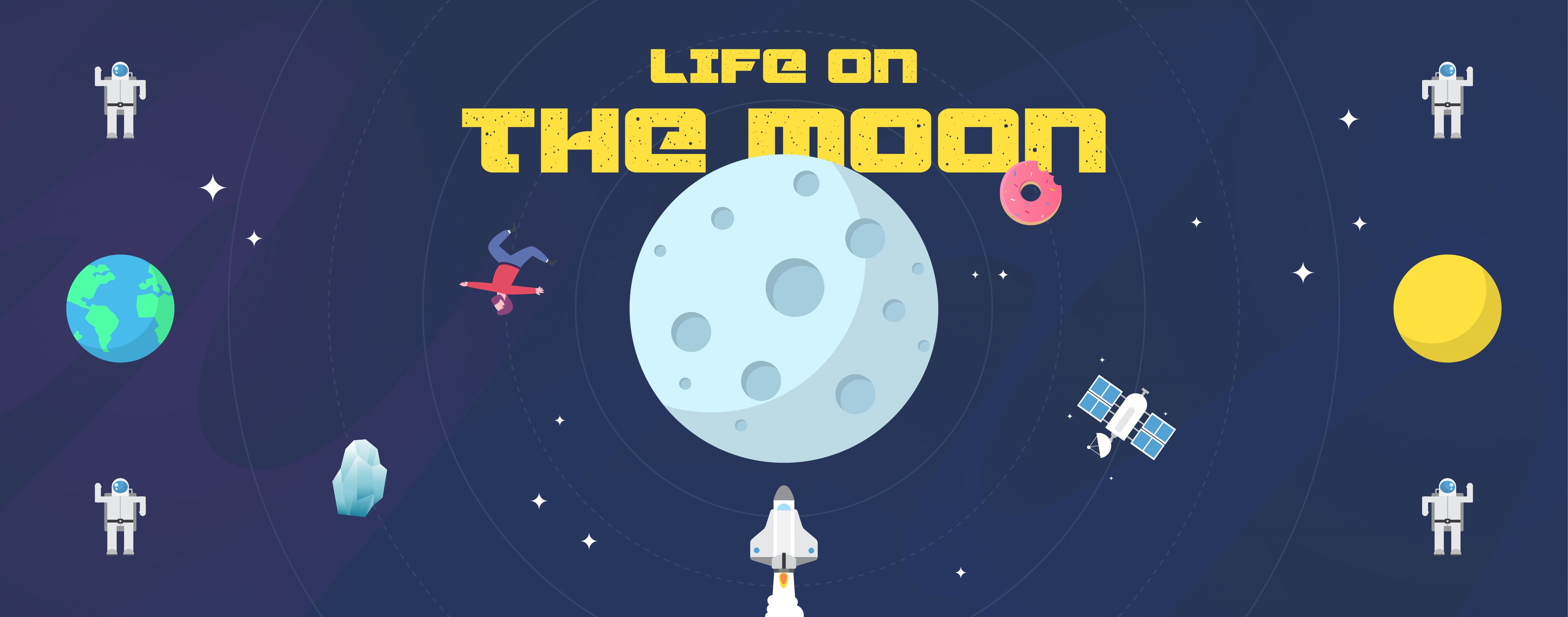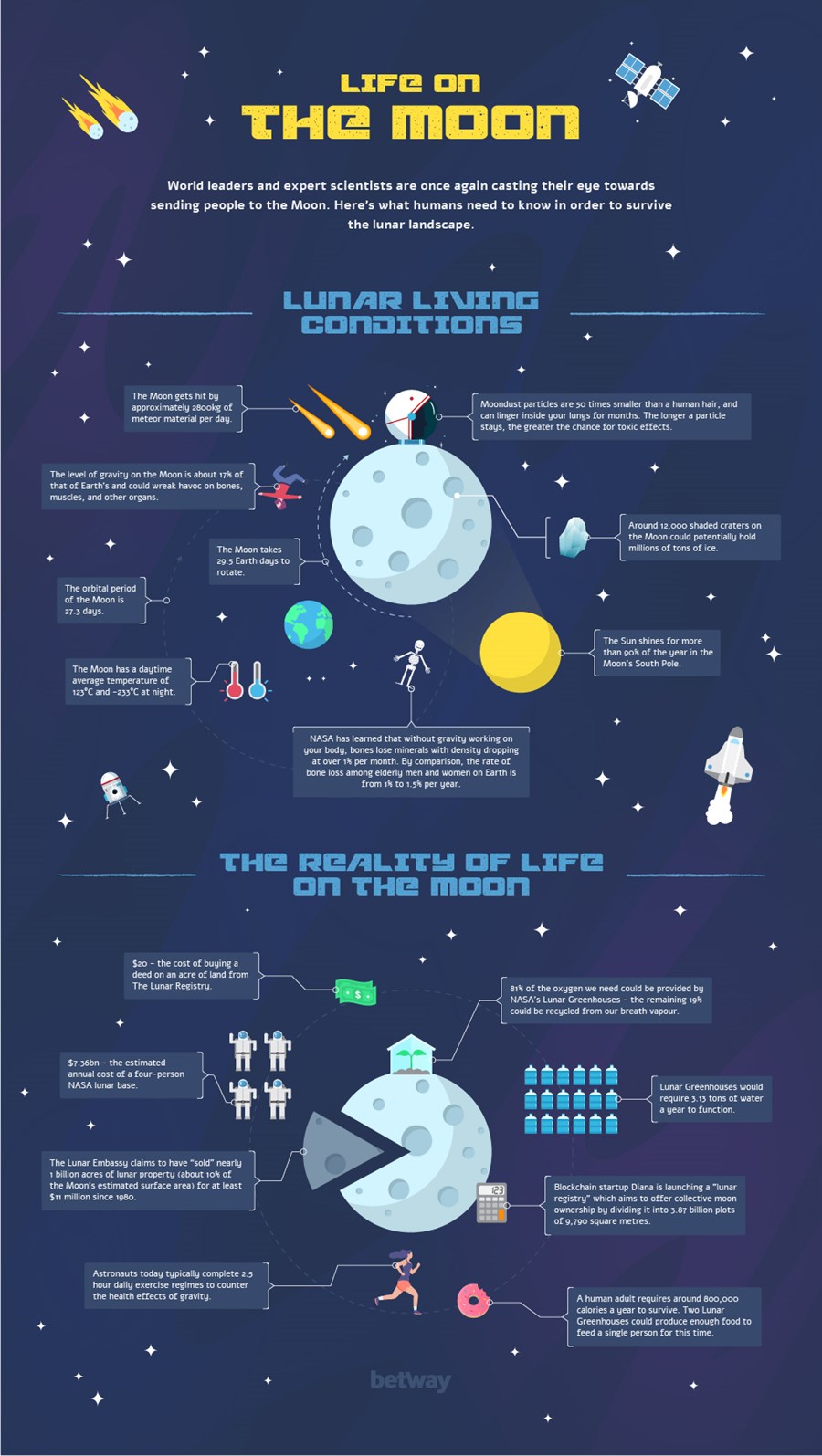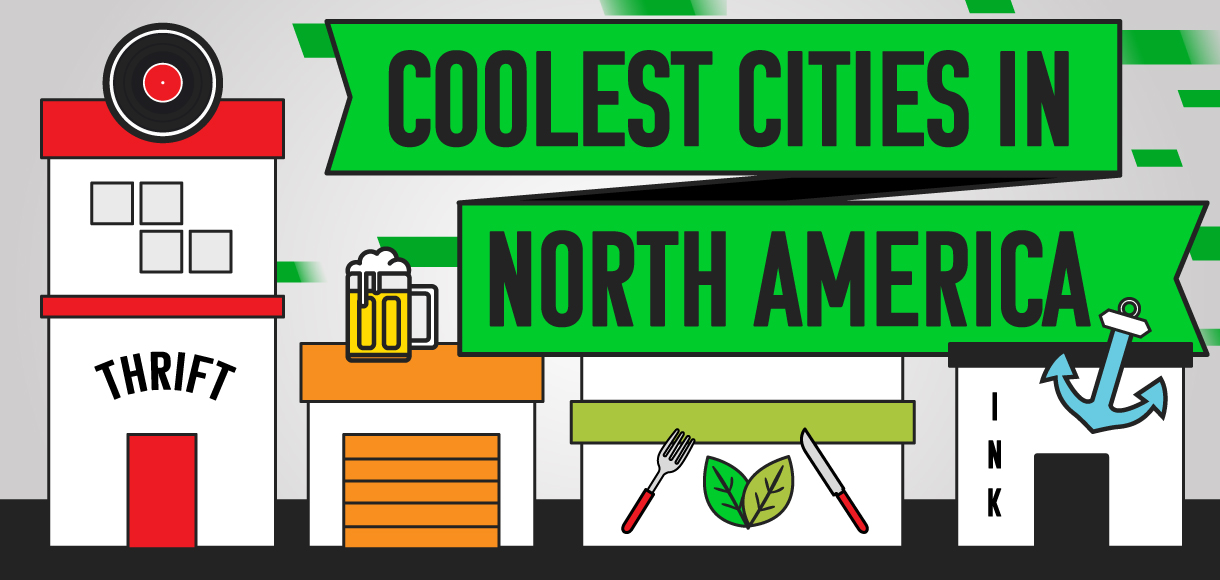Lunar living: What would life on the Moon be like?

Fifty years on from the first Moon landing, President Trump announced that he wants humans back there by 2024. With Trump also revealing plans for a permanent Moon base by 2028, hopes of lunar colonisation have been rekindled.
The late Stephen Hawking claimed that Moon colonisation was potentially “the only thing that saves us from ourselves”. Meanwhile, others believe that Earth is destined to become uninhabitable in our lifetime, leaving humans no choice but to move to the Moon.
Either way, lunar living seems like it could be on the horizon—but how would this work in practice? Online Casino Betway have put their finest minds together to work out just how practical, or even possible, life on the Moon would be.
Lunar living conditions
As environmentalists push for urgent action to save our planet, some people are setting their sights beyond Earth itself. Amazon founder Jeff Bezos has his eye on the Moon, dedicating one of his other companies to kickstarting space colonisation. Rapidly rising temperatures are causing the world’s ice sheets to melt, leading to more drastic worldwide climate events. Heatwaves and hurricanes will become more commonplace, causing the world’s remaining ice sheets to melt even faster. This last happened thousands of years ago, raising sea levels by a massive 30 feet; if this were to happen today, we could see severe flooding in major cities, including New York and London.
The Moon has several ice reserves in the south pole and a relatively stable 0°C temperature. While this seems intensely cold, most other areas on the Moon fluctuate between a daytime average of 123°C and -190°C at night. The lack of atmosphere and weather also necessitates protection against solar radiation, as well as frequent meteor crashes, which cause 300 tonnes of water loss each year.
Any shelter would need to be built from available resources. Lunar regolith—a fine Moon dust—is similar to Earth’s volcanic sand, and can be made into bricks through a process called microwave sintering. This requires concentrated sunlight or lasers to bond materials together, creating interlocking Lego-like bricks that offer natural protection against radiation.
However, no matter how buildings were made, you couldn’t technically own land on the Moon, despite many companies claiming to see lunar real estate. The Outer Space Treaty of 1967 states that no part of the Moon can be owned by sovereign nations, meaning governments can’t guarantee lunar property rights. The most logical solution suggested is a licensing scheme, which recognises physical structures on the Moon as private property, not the underlying land itself.

The reality of life on the Moon
Each person eats roughly 1,095 to 1,825 pounds of food every year, but we would need even more to maintain a healthy diet on the Moon. Simply existing on its surface burns around 300 calories per hour—three times the Earth rate. We’d need even more energy to complete daily two-and-a-half-hour workouts to maintain bone mass, muscle strength and heart performance in the face of the Moon’s low gravity levels, approximately one-sixth of those on Earth.
It’s also near impossible to grow food in the Moon’s atmosphere, though scientists are devising ways around this. If all the chemicals needed to cultivate vegetation for food were transported from Earth, human waste (including carbon dioxide from breath) could replace them for the next round of plants. Although theoretically possible, we would require about 500 pounds of food, or the chemicals to grow it from scratch, to be delivered the Moon for the cycle to start. Per person.
In addition to mastering this process, we’d need to prepare for the high-energy cosmic rays our food would be exposed to. One solution could be a lunar greenhouse, which would exist underground. This would shield crops from harmful radiation, and use hydroponics to protect them from the harmful chemicals in lunar soil. However, we’d need defence from this threat too. Solar radiation could cause degenerative tissue damage, increased risk of cancer and central nervous system damage, so protective shields would be non-negotiable for every inhabitant.
On its surface, moondust seems trivial, but it’s a hugely significant concern—Gene Cernan, the last man on the Moon, called it the only barrier to future expeditions. All 12 Apollo astronauts suffered from so-called “lunar hayfever” after their missions. The moondust irritated their eyes, nostrils and lungs, but would lead to long-term exposure for inhabitants, which could destroy their lungs and brain cells.




































